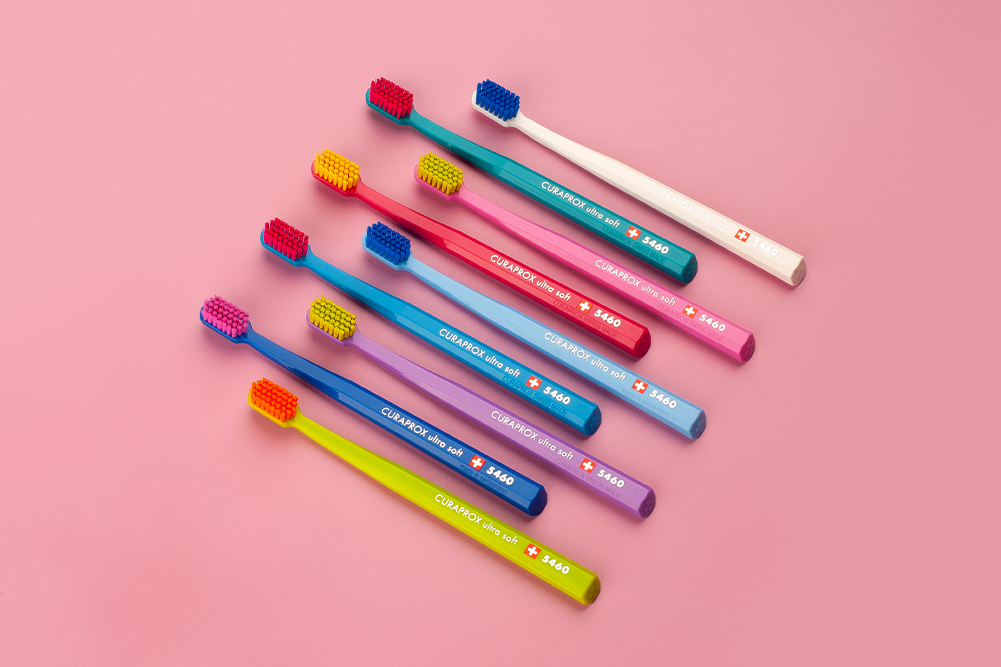The nag factor
Parenthood is not always the rosy picture that we have depicted in the image accompanying this article. It is rare that a parent will have to battle off a child demanding that asparagus and sprouts be included in the shopping trolley (although with persistence it can be achieved). More common is the clash of wills that is experienced when a child demands some sugary, fatty item that they have seen advertised on television. That is when a child can ramp up the rhetoric into what experts have dubbed the “nag factorâ€. So common is the “nag factor†experience that researchers have conducted a study into how to deal with it.
By definition, the “nag factor†is the tendency of children, in response to marketing, to relentlessly request advertised items. It is the persistence that makes it so hard to deal with for even the most resilient of parents. Unfortunately yielding to the nagging child is the worst thing that can be done in the long term, even if it brings short term respite. Successful nagging will lead to more nagging and eating poor quality food is surely part of the problem underpinning the burgeoning childhood obesity epidemic. So the question of how to deal with the nag factor is not only an important question for parents, it is a critical one for society.
To investigate this area, researchers interviewed mothers of children aged three to five years between 2006 and 2007. The mothers answered questions about the home environment, themselves, their child, media use, eating, shopping, and requests for advertised items. The participants were also asked about their strategies for dealing with the “nag factorâ€.
It emerged that while overall media use was not associated with nagging, familiarity with commercial television characters was significantly associated with nagging. Packaging, characters, and commercials were the three main factors that motivated children to nag.
The nagging itself fell into three categories, juvenile nagging, nagging to test boundaries, and manipulative nagging. The study showed that as age increased, so did manipulative nagging.
As far as dealing with the nagging there were ten different strategies that emerged: ignoring, distracting, staying calm and consistent, avoiding the commercial environment, negotiating and setting rules, allowing alternative items, explaining choices, limiting commercial exposure, yelling, and giving in.
The most commonly used strategies were avoiding commercial exposure (36 per cent of mothers) and explaining reasons for not making certain purchases (35 per cent). Giving in was noted as the least effective strategy. So there is no easy answer to dealing with the nag factor, but strapping yourself in and weathering the storm will yield long term benefit.
Meanwhile if you visit Meijer Ad that contains mostly likewise discounts with Winn Dixie Ad you surely have a range like ALDI Ad.







